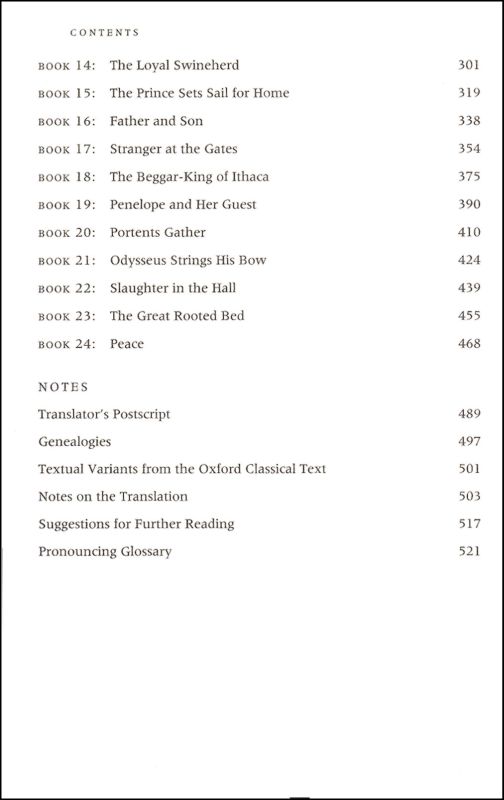

Aeschylus presents the need for justification as itself a form of justice because it shows their guilt–the painful, personal punishment caused by conflicted conscience. However, they each doubt the righteousness of their murderous deeds, and their ensuing need to justify them reveals a greater truth. While the queen embraces humans’ power to enact and shape justice, her son dwells on its root in divinity.

It is not, for example, as though one were dealing with the story of Cain killing Abel, where the basic facts are related in a single, identifiable text upon which an artist might build variations.Aeschylus’ The Oresteia debates what is just and from what source or authority that ideal emanates, a debate which is modified and clarified by the trials of Clytemnestra and Orestes. My general thesis will be that finding the core elements of a given myth, or at least of the story of Clytemnestra's murder, is not so easy at all. 1 This article has two parts: first, an effort to determine what in fact are the core elements of the Clytemnestra myth and second, an examination of its variations. Within that general framework, I will pay particular attention to the vivid detail whereby Clytemnestra bares her breast to Orestes just as he is poised to plunge the knife, a detail that resonates not only through these four plays but also in Greek artwork. The largest focus will be on Choephori, with contrasts and comparisons from Sophocles' Electra and from Euripides' Electra and his Orestes. This article examines the myth of Clytemnestra's death as portrayed variously in tragedy by Aeschylus, Sophocles and Euripides, with the goal of illustrating how each playwright used the core elements of that myth for the particular purposes of a given play. The article concludes that the tragedians wrote on an essentially clean slate in their portrayal of Clytemnestra as adulteress, murderess and matricide victim and that the breast-baring scene, newly-added to any mythic substrate, provides a key to understanding larger messages conveyed in the plays concerning the impact of disordered relationships not only within a family but more broadly in the polis setting, where the restoration of order no longer depends on avenging Furies but rather on nascent legal structures.


It does so first by identifying the sources of that myth and then by contrasting its portrayal in the source material with its several appearances in the tragedies. Clytemnestra's Breast This article examines the vivid imagery of Clytemnestra's baring her breast in supplication to her son as he bares his knife to kill her in revenge for the murder of his father, a murder in turn reflecting Clytemnestra's vengeance for the sacrifice of Iphigenia.


 0 kommentar(er)
0 kommentar(er)
